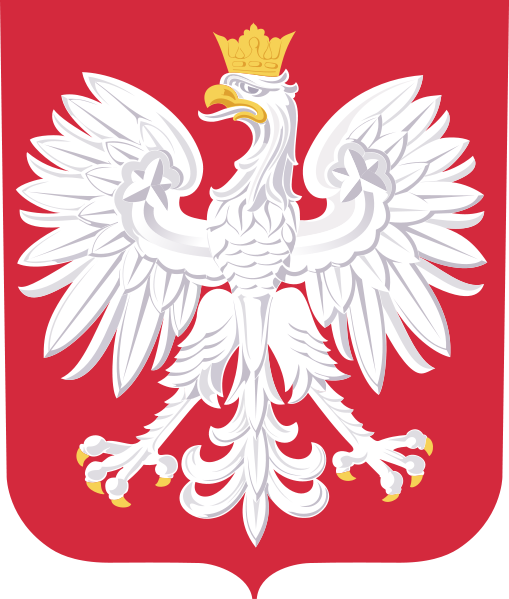Online first
Current issue
Archive
Most cited in 2024
About the Journal
Editorial Office
Editorial Board
Copyright and self-archiving policy
Information clause on the processing of personal data
Declaration of accessibility
Instructions for Authors
Instructions for Reviewers
Contact
Reviewers
2024
2023
2022
2020
2021
2019
2018
2017
2016
2015
2014
2013
Editing and translations
ORIGINAL PAPER
Thermal load at workstations in the underground coal mining:
Results of research carried out in 6 coal mines
1
Politechnika Śląska / Silesian University of Technology, Gliwice, Poland
(Wydział Górnictwa i Geologii / Faculty of Mining and Geology)
2
Instytut Medycyny Pracy i Zdrowia Środowiskowego / Institute of Occupational Medicine and Environmental Health, Sosnowiec, Poland
Corresponding author
Med Pr Work Health Saf. 2016;67(4):477-98
KEYWORDS
occupational medicineoccupational safety and healthoccupational healthEnergy metabolismworkloadhard coal mines
TOPICS
- physiological response to workload and working conditions
- assessment of workload (physical and chemical) impact and of the influence of the working conditions on the employees’ fitness for work and health
- physiological aspects of the organization of work (working time, shift work)
- impact of harmful factors on the human body
ABSTRACT
Background: Statistics shows that almost half of Polish extraction in underground mines takes place at workstations where temperature
exceeds 28°C. The number of employees working in such conditions is gradually increasing, therefore, the problem of
safety and health protection is still growing. Material and Methods: In the present study we assessed the heat load of employees
at different workstations in the mining industry, taking into account current thermal conditions and work costs. The evaluation
of energy cost of work was carried out in 6 coal mines. A total of 221 miners employed at different workstations were assessed.
Individual groups of miners were characterized and thermal safety of the miners was assessed relying on thermal discomfort index. Results: The results of this study indicate considerable differences in the durations of analyzed work processes at individual
workstations. The highest average energy cost was noted during the work performed in the forehead. The lowest value was found
in the auxiliary staff. The calculated index of discomfort clearly indicated numerous situations in which the admissible range of
thermal load exceeded the parameters of thermal load safe for human health. It should be noted that the values of average labor
cost fall within the upper, albeit admissible, limits of thermal load. Conclusions: The results of the study indicate that in some
cases work in mining is performed in conditions of thermal discomfort. Due to high variability and complexity of work conditions
it becomes necessary to verify the workers’ load at different workstations, which largely depends on the environmental conditions
and work organization, as well as on the performance of workers themselves. Med Pr 2016;67(4):477–498
Share
RELATED ARTICLE
We process personal data collected when visiting the website. The function of obtaining information about users and their behavior is carried out by voluntarily entered information in forms and saving cookies in end devices. Data, including cookies, are used to provide services, improve the user experience and to analyze the traffic in accordance with the Privacy policy. Data are also collected and processed by Google Analytics tool (more).
You can change cookies settings in your browser. Restricted use of cookies in the browser configuration may affect some functionalities of the website.
You can change cookies settings in your browser. Restricted use of cookies in the browser configuration may affect some functionalities of the website.





